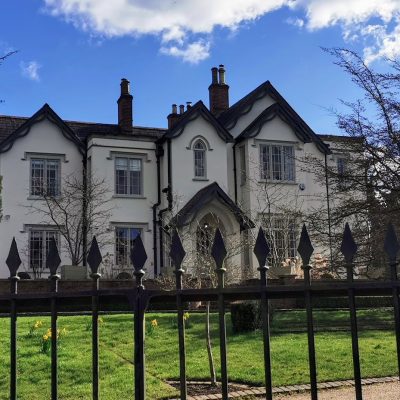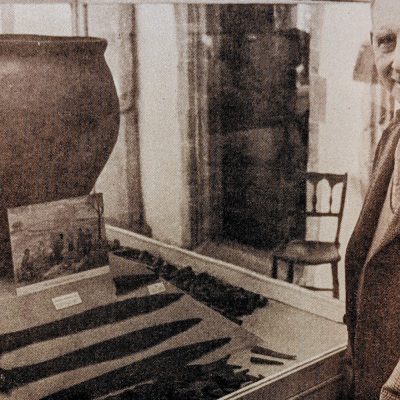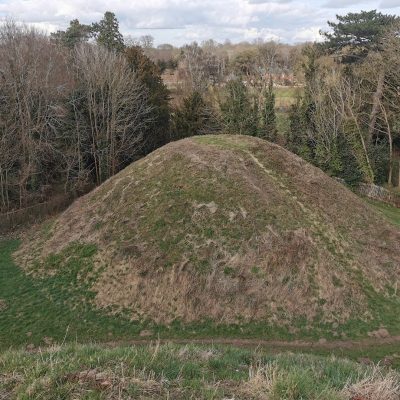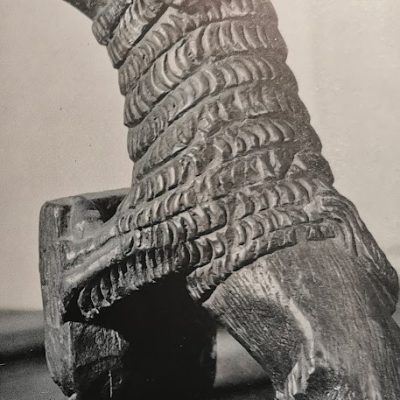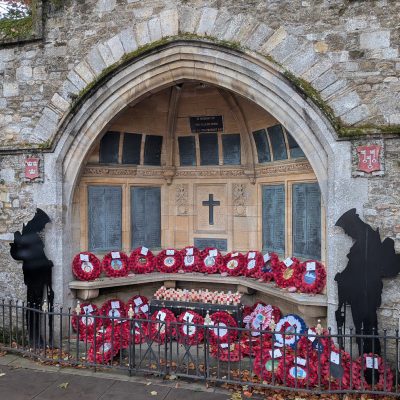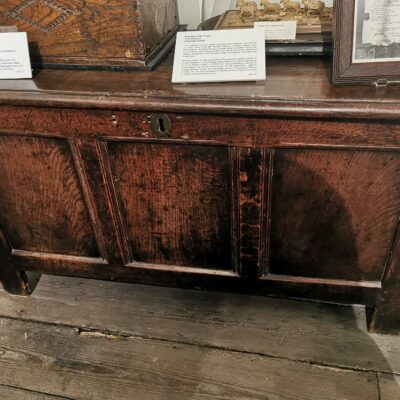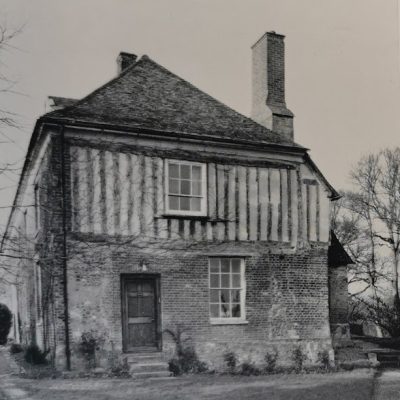Search by topic
- archaeology
- Building of Local Interest
- charity
- church
- crime
- dressmaker
- fire
- Great Eastern Railway
- Listed building
- Mapping Relief
- medieval
- oral history
- poverty
- Public House
- Rattee & Kett
- Religious House
- Roman
- scholar
- school
- Then and Now
- tudor
- women
- work
- world war one
- world war two
Search by text
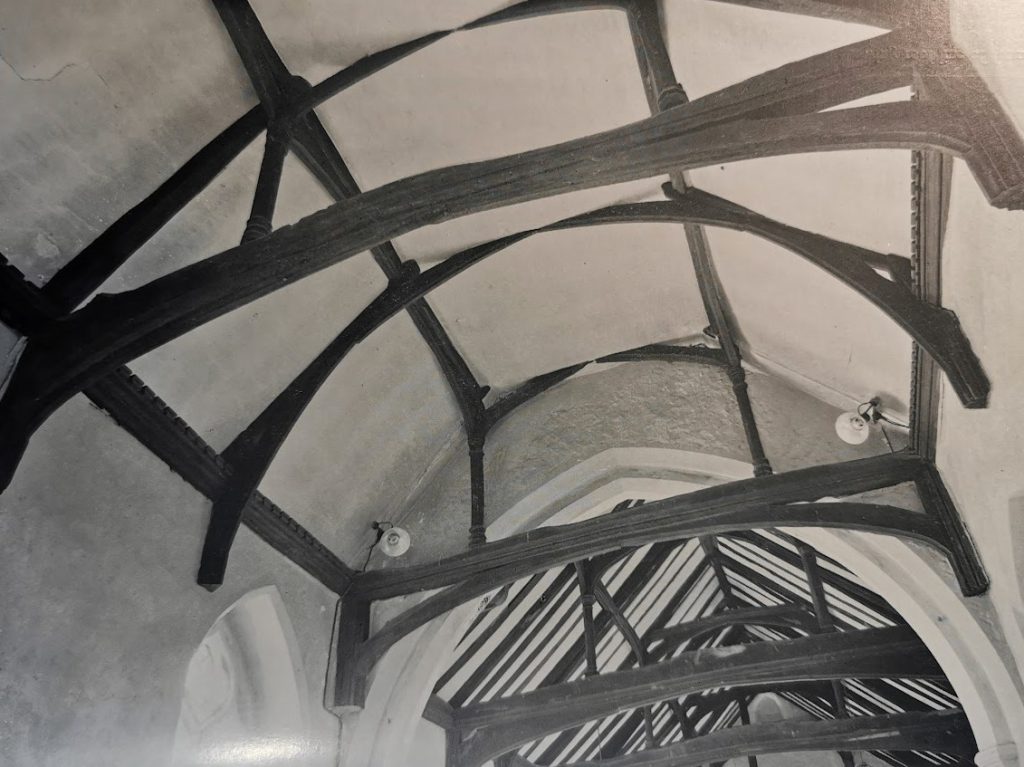 Hardwick church, 15th cent. (RCHM)
Hardwick church, 15th cent. (RCHM)Cambridgeshire in the 15th century
Overview of Cambridgeshire in the 15th century
This is an edited AI generated summary of the evidence available on Capturing Cambridge for events and developments in Cambridgeshire during the 15th century. As such it will be periodically updated and checked as new material is uploaded. Comments are welcome.
The 15th Century in Cambridgeshire: A Detailed Historical Study Through Capturing Cambridge
The 15th century — spanning roughly 1400 to 1500 — was a formative era for Cambridgeshire, marking the transition from the medieval world to the early modern period. It was a century shaped by political upheaval, demographic recovery following the Black Death, expanding educational institutions, agricultural continuity, changing patterns of land use, and evolving town–gown relationships. Although surviving records are less extensive than those from later centuries, the architectural, institutional, archaeological, and topographical evidence preserved through Capturing Cambridge allows a meaningful reconstruction of daily life and long-term development in this period.
During the century, Cambridge continued to evolve as a centre of learning, commerce, religion, and regional administration, while surrounding villages remained deeply agrarian. The county was neither isolated nor static — it participated in national political struggles, economic shifts, and cultural transformations that helped define late medieval England.
I. Context: Why the 15th Century Matters in Cambridgeshire History
Five major dynamics shaped the century:
1. The consolidation of Cambridge University and expansion of colleges
King’s College (1441), Queens’ College (1448), St Catharine’s College (1473), and Jesus College (1496) transformed the town’s physical and institutional landscape.
2. Recovery from demographic decline
Population gradually rose after earlier plagues, reshaping labour markets, rents, and land management.
3. Architectural transition
Late medieval timber-framing, stone churches, and civic buildings established street patterns and landmarks that survive today.
4. Shifts in religious life
Guilds, chantries, monastic institutions, and parish churches played key social, economic, and spiritual roles.
5. Political and military pressures
The Wars of the Roses affected local allegiances, landholding, and regional governance.
Capturing Cambridge documents many of these developments through listed-building histories, street records, archaeological commentary, and mapping heritage.
II. Case Studies from Capturing Cambridge (15th-Century Evidence)
A. Colleges, Learning, and Built Environment
1. King’s College — founded 1441
Although its grand chapel was not completed until the 16th century, the founding of King’s College in 1441 marked one of the most significant institutional expansions in Cambridgeshire history. The college’s early buildings reshaped what is now King’s Parade, redirecting land use and rerouting former medieval streets.
Capturing Cambridge entries that reference King’s Parade and Trumpington Street reflect these long-term spatial consequences. The growth of the college drew craftsmen, clerks, suppliers, and labourers into the town — boosting the local economy.
2. Queens’ College — founded 1448
Situated on the River Cam, Queens’ College retains medieval gateways, bridges, courtyards, and timber-framed structures that illustrate late 15th-century architectural styles. Its foundations altered the western riverside, establishing a pattern of academic occupation along the Cam that continued for centuries.
Capturing Cambridge entries documenting Silver Street and Queens’ Lane preserve references to these changes.
3. Jesus College — founded 1496
Established on the site of the former nunnery of St Radegund, Jesus College reflects a significant 15th-century religious-to-academic transformation. Its foundation demonstrates shifting patterns of monastic wealth, patronage, and urban land redistribution — a precursor to wider changes of the 16th century.
Capturing Cambridge entries on Jesus Lane incorporate traces of this earlier religious history.
B. Religious Life, Parish Structure, and Monastic Influence
4. Great St Mary’s — late medieval rebuilding
While elements date earlier, the church tower was rebuilt beginning in the late 15th century. It served as both university church and civic focal point, symbolising the intertwined identities of Cambridge as town and intellectual centre.
Capturing Cambridge’s central street entries frequently reference Great St Mary’s as a geographical anchor — reflecting its long-standing importance.
5. Medieval parish geography
Capturing Cambridge building histories frequently reference parish names such as St Sepulchre, St Clement’s, St Edward’s, St Botolph’s, and All Saints’, demonstrating continuity of medieval community boundaries into the modern era. In the 15th century, parishes shaped marriage, charity, taxation, burial, and communal identity.
6. Monastic houses and later transformation
Prior to dissolution, Cambridge contained several religious houses — Augustinian, Dominican, Franciscan, Benedictine. Although their major destruction occurred in the 16th century, Capturing Cambridge entries near Downing Street, Bene’t Street, and Sidney Street preserve locations and archaeological traces of these medieval precincts.
C. Domestic Architecture and Urban Living
7. Surviving medieval timber-framed buildings
Although most standing examples were altered later, Capturing Cambridge records 15th-century structural origins in several central buildings, especially along Bridge Street, Magdalene Street, and Trinity Street. Exposed beams, jettying, medieval plot widths, and irregular footprints reflect 15th-century commercial-residential mixed use.
These properties demonstrate how tradespeople, students, and families interacted within dense urban environments.
8. Markets, workshops, and trading life
Cambridge Market Hill — documented across several Capturing Cambridge entries — functioned as the commercial heart of 15th-century town life. Merchants sold grain, wool, cloth, livestock, fish, and imported goods. Butchers, bakers, leatherworkers, carpenters, and metalworkers lived near their stalls.
D. Rural Cambridgeshire — Villages, Land, and Agriculture
9. Croxton deserted medieval village
Capturing Cambridge’s entry on Croxton provides crucial insight into late medieval rural life. Although depopulation occurred earlier, the 15th century witnessed continued restructuring of agricultural villages — some shrinking, others stabilising, depending on soil quality, lordship, and economic opportunity.
10. Grantchester, Histon, and Fenland edge settlements
While many Capturing Cambridge entries focus on later centuries, the villages they document sit on medieval layouts established by the 15th century — streets, churchyards, ridge-and-furrow fields, moats, and manorial boundaries.
Agriculture remained the defining economic force for the vast majority of Cambridgeshire residents.
E. War, Governance, and Social Order
11. Wars of the Roses — local implications
Cambridgeshire landowners, clergy, and scholars were drawn into national factional struggles. While Cambridge avoided major battle destruction, shifting allegiances affected property ownership, taxation, and legal authority.
12. Guilds and civic government
Before formal municipal corporations, guilds provided welfare, regulation, apprenticeship, and social cohesion. Capturing Cambridge entries describing medieval inns, workshops, and parishes gesture toward this civic structure.
III. Themes Emerging from the 15th Century
1. Foundation of Cambridge’s urban identity
Street plans, parish boundaries, market locations, and university precincts took lasting shape in this century.
2. Expansion of higher education
Multiple college foundations turned Cambridge from a dispersed academic settlement into a structured collegiate system.
3. Religious centrality and continuity
Chantries, guilds, church courts, and monastic lands shaped community life and property patterns.
4. Agricultural continuity with gradual evolution
Despite political upheaval, rural labour rhythms and land use practices changed slowly, reflecting economic resilience.
5. Architectural layering
Many later Georgian, Victorian, and modern buildings retain 15th-century cores — hidden beneath later alterations but documented in heritage records.
IV. The Role and Limitations of Capturing Cambridge for 15th-Century Study
Capturing Cambridge contributes significantly to understanding the century because it preserves:
– building histories with medieval structural evidence
– street narratives referencing early property ownership
– archaeological summaries of monastic and parish sites
– village records tracing long-term land use
– maps illustrating medieval street and parish continuity
However, limitations include:
– sparse written documentation compared to later centuries
– limited surviving domestic architecture
– lack of photographic evidence
– reconstruction dependent on archaeology and later descriptions
Despite these challenges, Capturing Cambridge remains a crucial resource for connecting present-day environments to their 15th-century origins.
V. Conclusion — The 15th Century as the Framework of Later Cambridgeshire
The 15th century provided the institutional, architectural, economic, and cultural framework upon which later Cambridge developed. The founding of major colleges, the persistence of parish structure, market organisation, evolving domestic architecture, and continuity of villages all shaped the county’s enduring identity. Many of the buildings, streets, and social practices documented in Capturing Cambridge have roots in this period — even when their medieval layers are hidden.
The century stands as a bridge between the medieval past and the early modern future, preserving tradition while quietly generating change. Through Capturing Cambridge, the traces of this transformative era remain visible, understood, and remembered within the contemporary landscape of Cambridgeshire.
Contribute
Do you have any information about the people or places in this article? If so, then please let us know using the Contact page or by emailing capturingcambridge@
License
This work is licensed under CC BY-NC-SA 4.0







